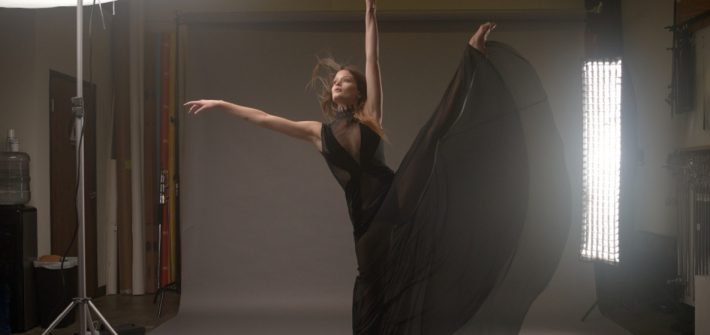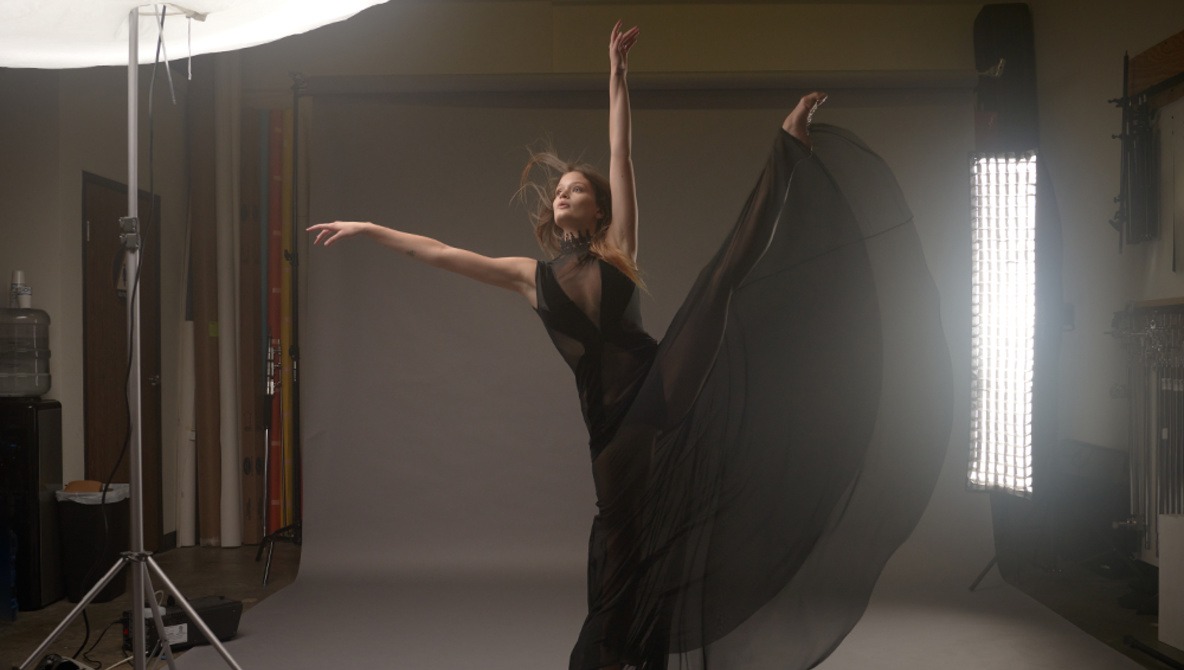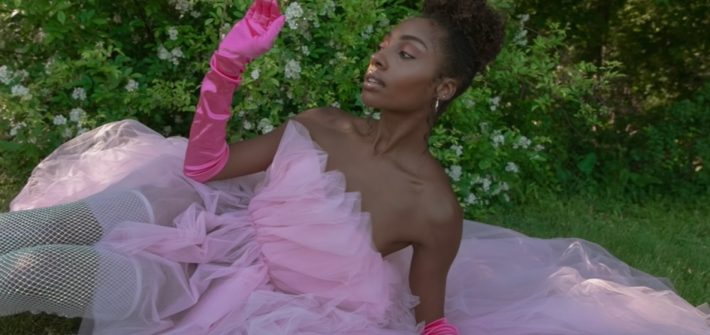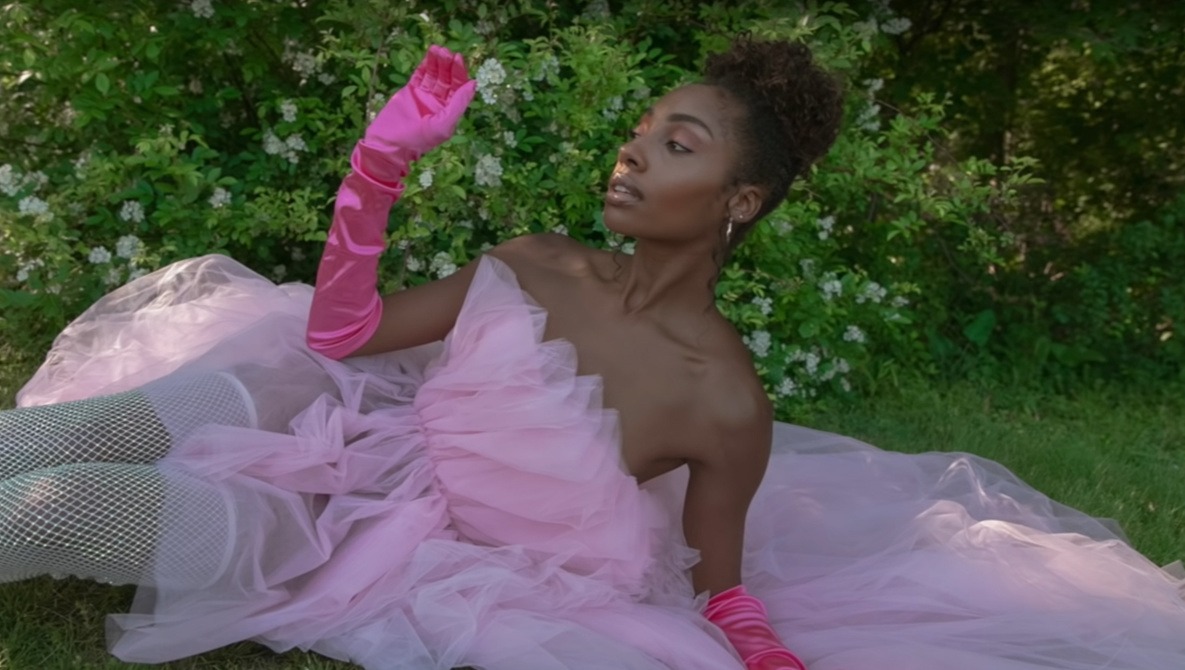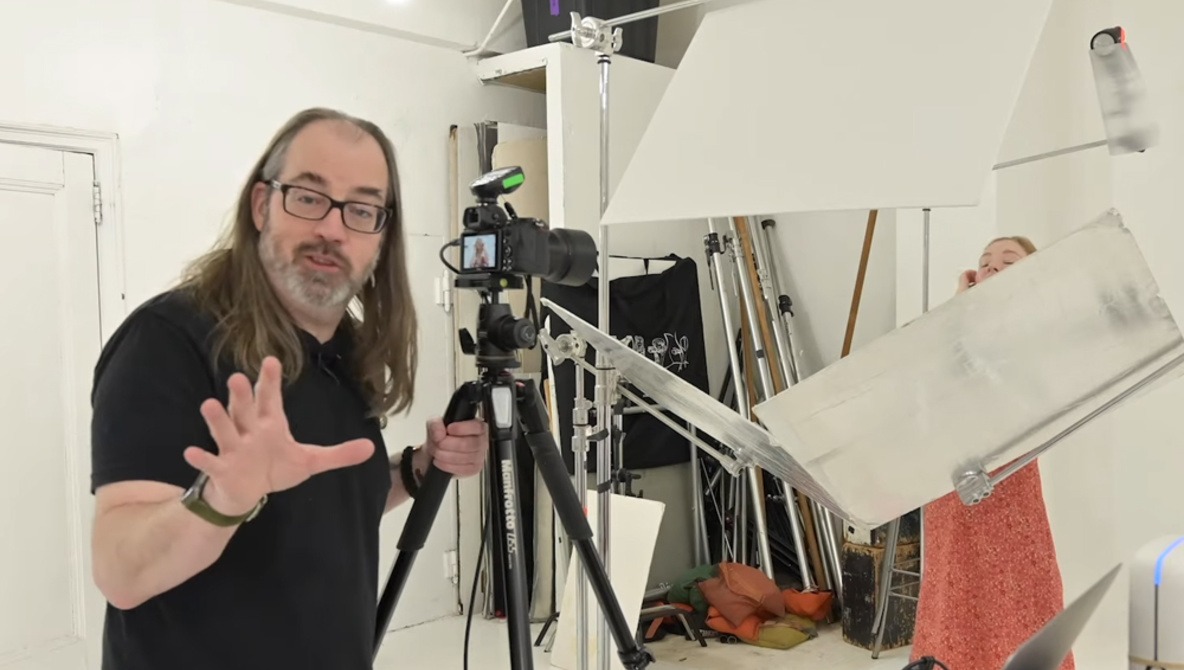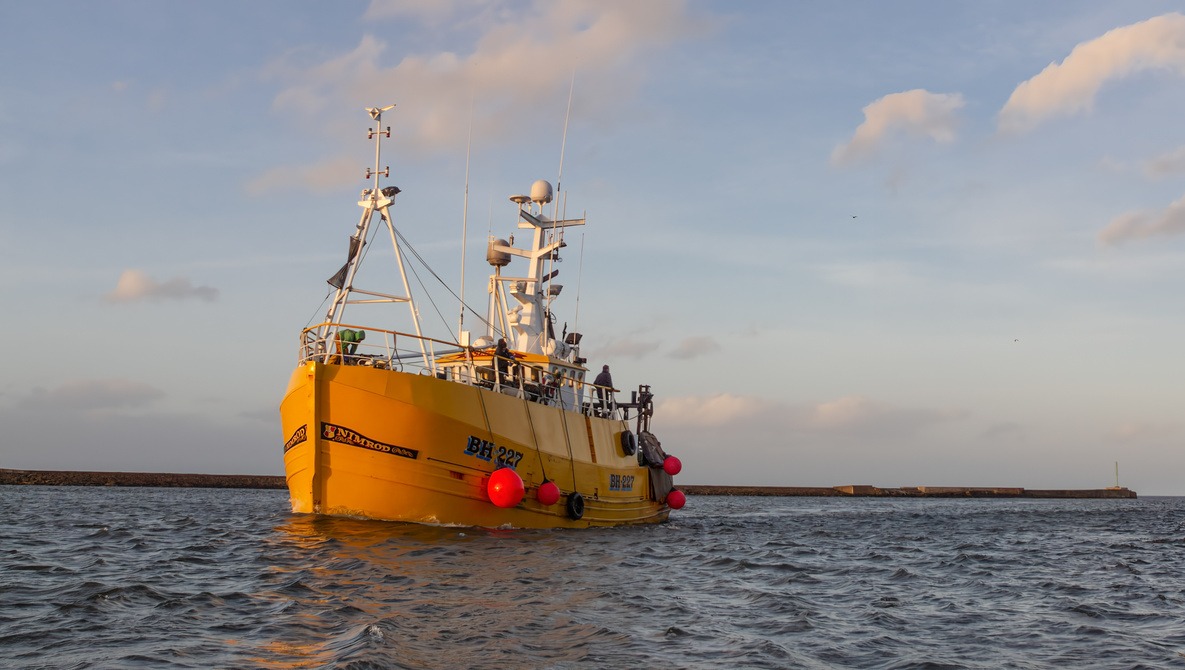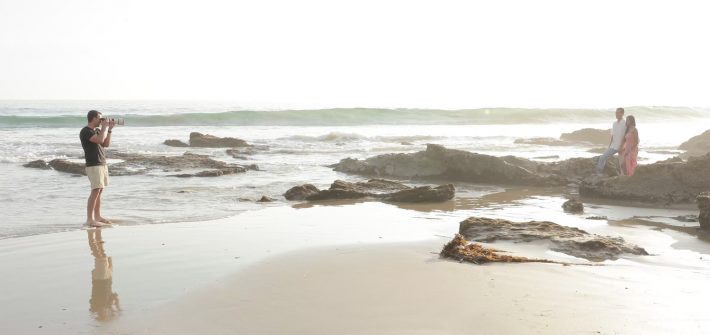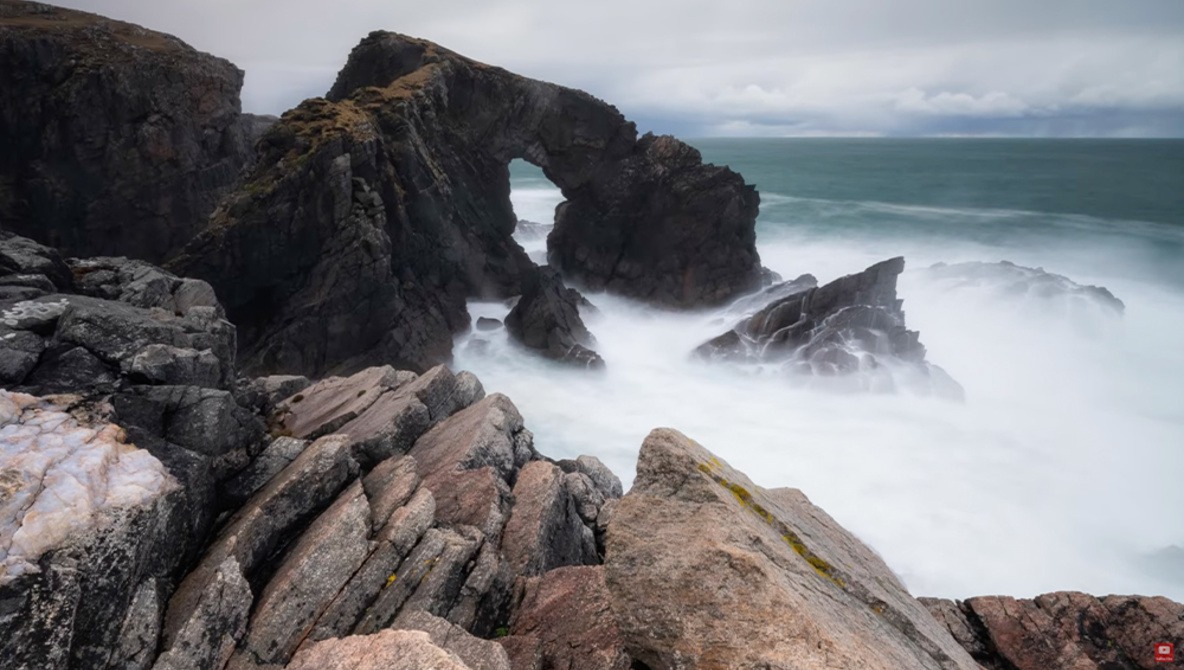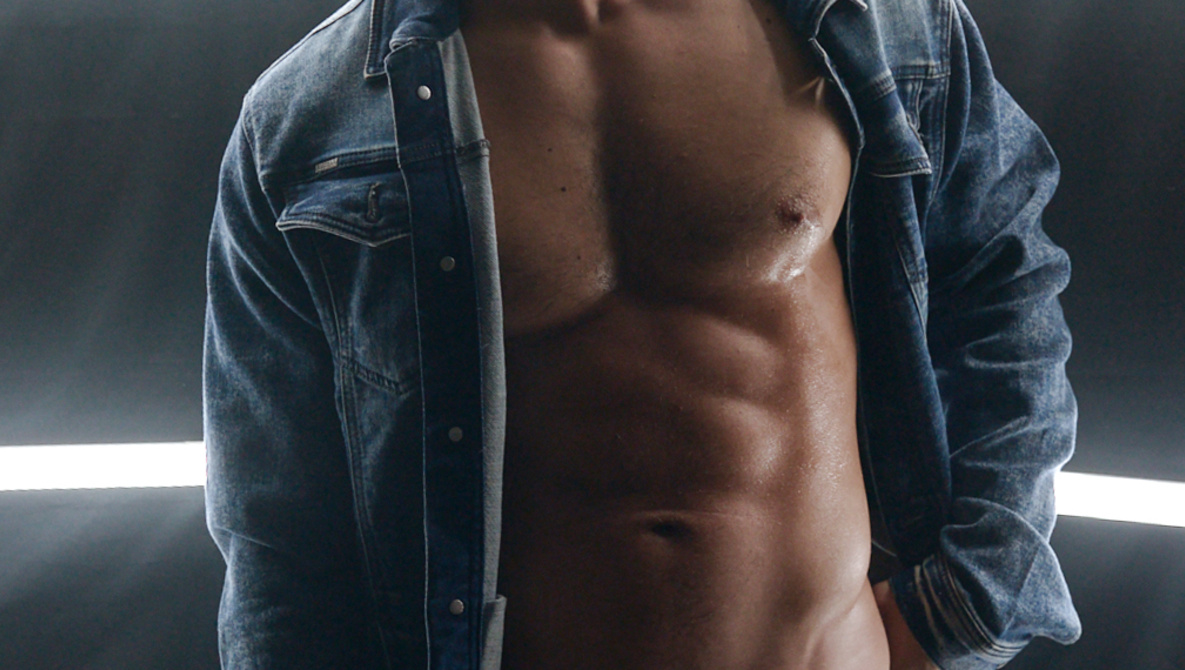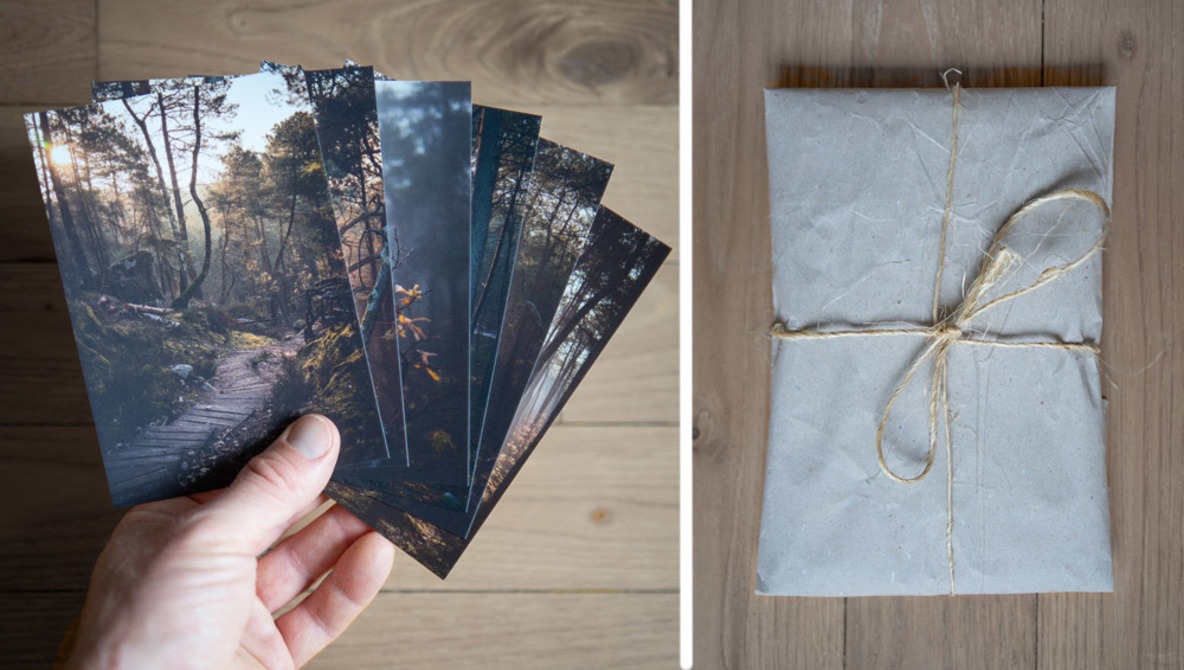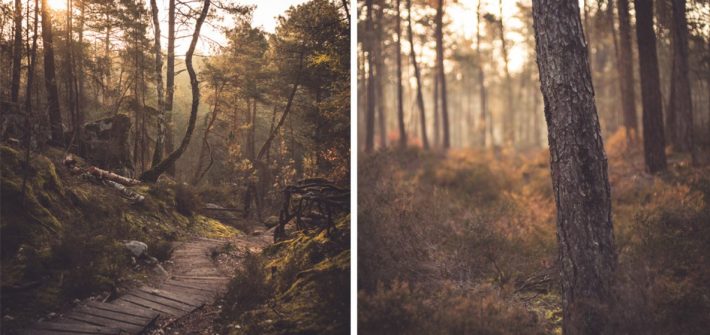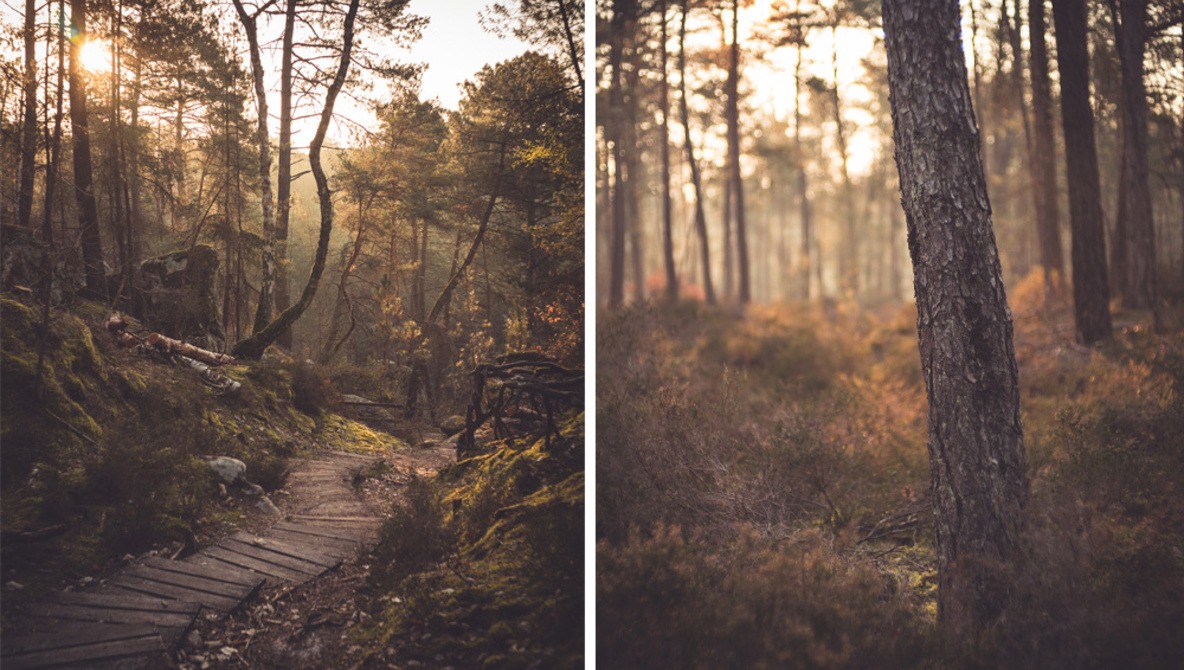Instagram’s censoring policies make no sense at all. But the least they could do is not call women prostitutes based on what they are wearing.
Learn How to Create Evenly Lit Portraits With Just One Speedlight
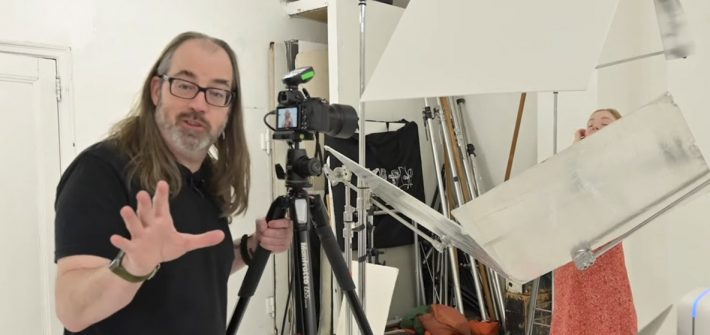
Sometimes, we’re hampered by malfunctioning gear or we just can’t afford to invest in a second speedlight, so it’s imperative that we learn how to make do with what we have. Creating an evenly lit, bright, and airy portrait with just one speedlight might seem like too much to ask, but not if you have a few grips and some reflective material at hand.
![]()
The Nets Set to Trap Photographers

Ash wants to take up photography. Never having owned a camera, besides the one on their phone, it’s something they have always had a hankering to do, especially after seeing all those great photos on Instagram. This is a cautionary tale, telling what can go horribly wrong for photographers.
![]()
How to Deal With Flat Light in Landscape Photography
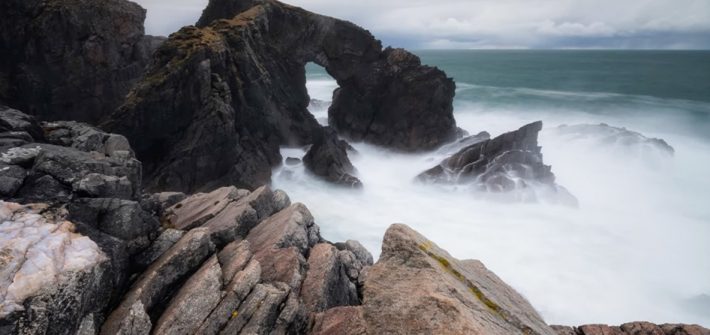
If you hop on Instagram and scroll through any landscape photography page, you will likely see a lot of images with cascading rays of dramatic golden light casting warm glows over their frames. And while that look is popular for a good reason, you can absolutely create equally compelling landscape photos in flat light, and this fantastic video tutorial will show you how.
Why You Should Start Selling Postcards Through Your Website and How to Do It

Many photographers would love to sell prints from their website but holding stock is expensive, shipping can be complicated, and buying a quality print can be a significant investment of money and wallspace that won’t appeal to a large chunk of your audience. Why not sell postcards instead?
![]()


